Cultivating Appreciation: An Interview with Wade Madsen
BY EMMALY WIEDERHOLT; PHOTOGRAPHS BY GREGORY BARTNING
Listening to Wade speak and watching him dance, the word that came to mind was intelligence. Beyond the passion and physicality, Wade exuded intelligence. His torso seemed to think; his extremities seemed to ponder. It was not heady academia, but a mind-body-soul connectivity that made Wade more than just a smart brain and a moving body. In other words, he was more than the sum of his parts.
This interview is from the book “Beauty is Experience: Dancing 50 and Beyond.” Click here to learn more about the book, or click here to order your own limited edition copy!
~~
When did you start dancing and what have been some highlights along the journey?
I started doing the twist while watching TV when I was eight. As time went on, I took a couple little jazz classes through church. In high school, I took cotillion, learning how to be a gentleman and doing some ballroom dance classes in the process. All through junior high and high school I was in theater. I went to the University of New Mexico for college, and there I took movement for actors and modern dance. I got hooked. Sometime in my second year, I had an operation on my throat that paralyzed my vocal chords, so I had to make a choice. I literally had no voice, so I jumped into being a dancer. Bill Evans had a summer dance workshop in Seattle where he was starting a company, so I moved to Seattle.
And I’ve been in Seattle ever since. I moved to New York a couple times, but AIDS overwhelmed everything and New York was not the place to be. People were dying in New York and California and even in Seattle as well. I’m a lucky person; for an older gay man to have survived HIV, I’m very aware I lucked out.
What does your current dance practice look like?
If I’m performing in a show, I do my daily warm-up, which includes abdominals and leg strengthening. I’m a Gyrotonic instructor and have done profound amounts of Pilates and yoga as well. In the process of getting to be an older dancer, my back was destroyed, so I did spinal traction and it changed my life. I can move again. On top of that, I started doing Gyrotonic, and I realized bearing down and not finding a through-line or elasticity in my joints was responsible for my back problems.
How have your motivations to dance evolved?
What I teach is: Where’s your spirit? Since dance is my life and also my livelihood, I’m constantly seeking how to maintain this job physically, emotionally, spiritually and creatively. There is Wade Madsen the guy and Wade Madsen the dancer/choreographer. Yes, they’re the same person, but when you read about someone or see someone well-known, the image becomes a product or entity that’s other. Sometimes I go to another town where no one knows me, and then I’m just me. When people think of me as a dancer/choreographer, it implies something, and everybody has a different idea of what that is. I actually was in a sauna one time and a man asked me what I do, and when I told him I was a dancer I suddenly realized what women get. He thought I was a stripper.
What does the idea of success mean to you? Do you feel you’ve achieved some measure of success?
Success is: Am I staying true to my art, am I making money, and am I physically capable to do what I’m doing? Have I found the people who are going to help me do what I want to do and, at the same time, am I able to help them in their careers? Success is a harmonious atmosphere around my life.
When I was younger, I thought success was fame and people knowing who I am. As I’ve gotten older, I’d rather be a cartoon voice, in the sense that nobody knows who you are but you get paid lots of money to make a voice. I’ve had touches of fame where I go out after a show and people start fawning over me. And sometimes it’s great, I admit it. But I think the best job in the world would be a cartoon voice. The voice is famous but you are your own entity.
Dancers’ fame is peculiar. Even in my own work, I can teach and choreograph on dancers, and then I see them perform and I think, “Wow, how’d they do that?” They are superhuman. They start dancing energy, shape, space, breath, and it becomes this experience. That’s one thing I definitely try to succeed at: to experience the choreography.
Do you have a sense of your legacy?
I’ve been teaching around town for 35 years and teaching at Cornish for 30 years. I have students who are now in their mid-40s. I do not take credit for their careers by any means, but I feel honored to have been a part of their journeys, and very honored that they would give me any credit for inspiring them. I’m friends with many former students. They are part of my life. Even my current students, I don’t think of them as students versus teacher. In the dance world, it’s always bothered me that the teacher knows everything. Rather, the body knows. The body knows on a deep level, and the teacher should simply facilitate that knowledge and encourage that desire.
Today, for example, I had students come to class from last year and from 15 years ago. It’s a joy for me to see them coming to class and still finding themselves.
Do you anticipate yourself dancing for the foreseeable future?
The only thing that would stop me is if I physically couldn’t do it. But I’d still do something. That’s part of why I became a Gyrotonic instructor. If I’m not teaching dance, I can go into another one-on-one format. I think I’ll always direct and be involved with theater, though. In terms of retirement, I just don’t think I could do nothing. I don’t know what that would be.
What advice would you give to a younger generation of dance artists?
Sometimes I’ve woken up and thought to myself, “Wade, you have created the life you wanted.” At a young age, I wanted someone to train me and get in there and feed me the right foods and tell me what I should do. And I realize now I’ve been that for myself. Yes, there are mentors in the world, but push yourself, get up and be willing to do the work, enjoy the work and seek the work. And when you do that, recognize it and appreciate it. Too many people, myself included, get down on themselves for not doing enough. But when you perceive what you’ve done, appreciate it.
~~
Wade Madsen is a former member of the Bill Evans Dance Company and Tandy Beal & Company. He has taught in the Seattle area for over 35 years, and at Cornish College for 30 years. Additionally, Wade teaches community classes at Velocity Dance Center. He has produced and performed his own work with his company, Wade Madsen and Dancers, since 1977. His work has been produced by the Allegro! Dance Festival, Seattle Dance Project, On the Boards, Bumbershoot, Rockhopper Dance, d-9 dance collective, Spectrum and the Seattle Opera.
This interview is from the book “Beauty is Experience: Dancing 50 and Beyond.” Click here to learn more about the book, or click here to order your own limited edition copy!

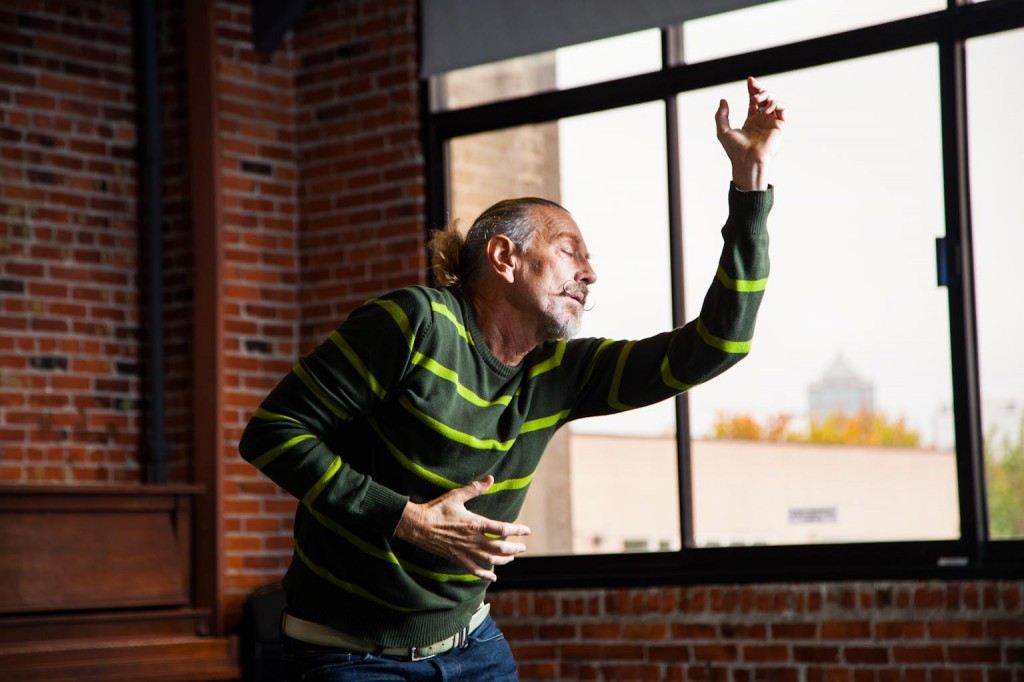
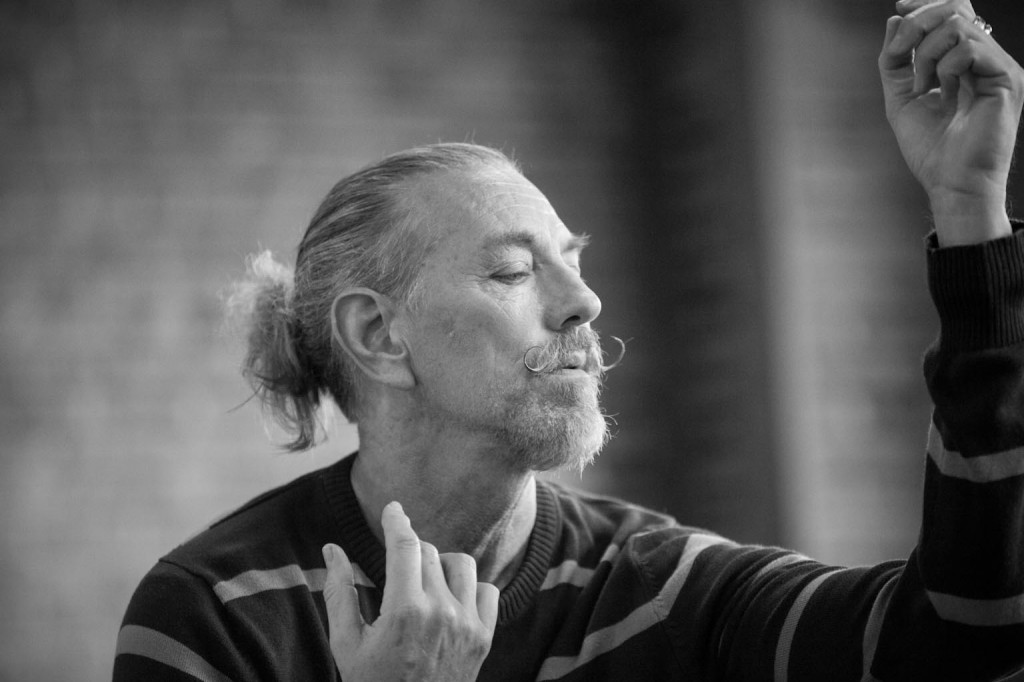
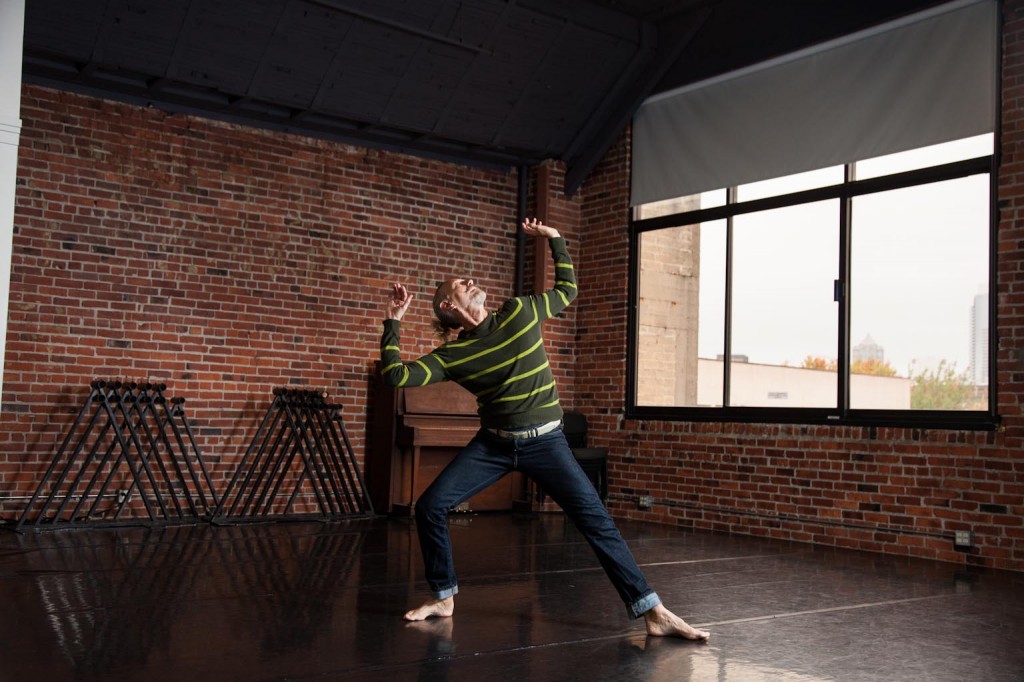
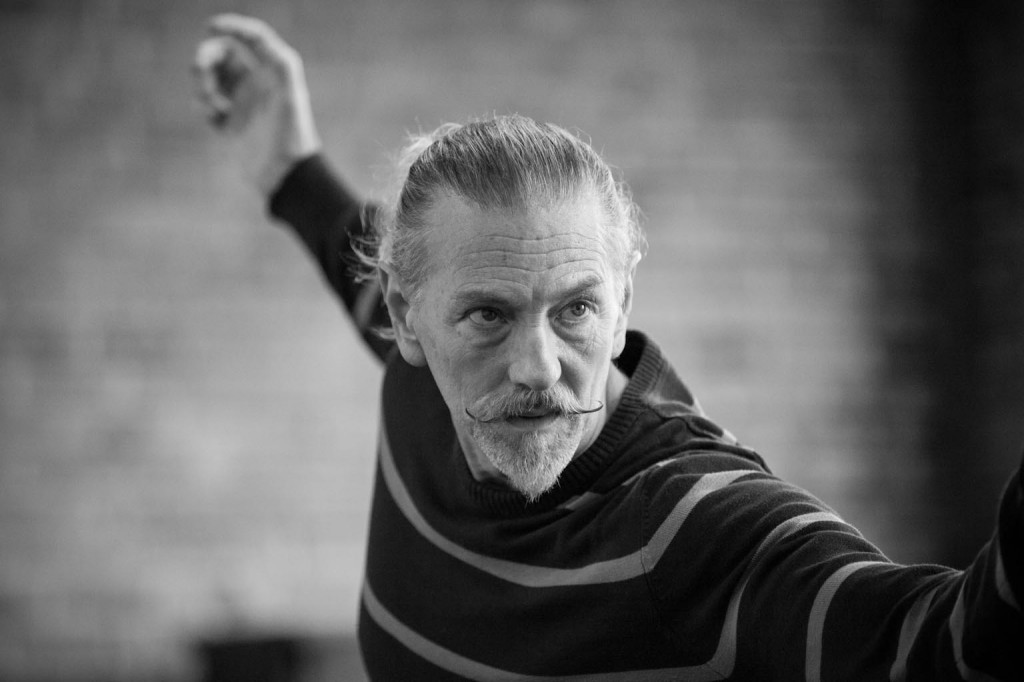
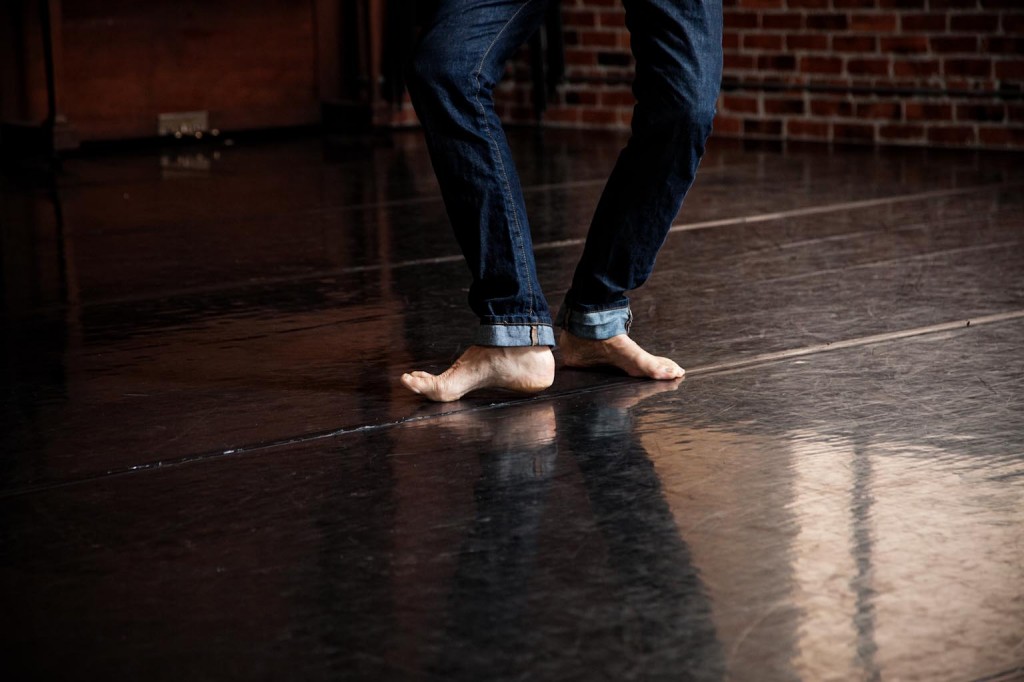
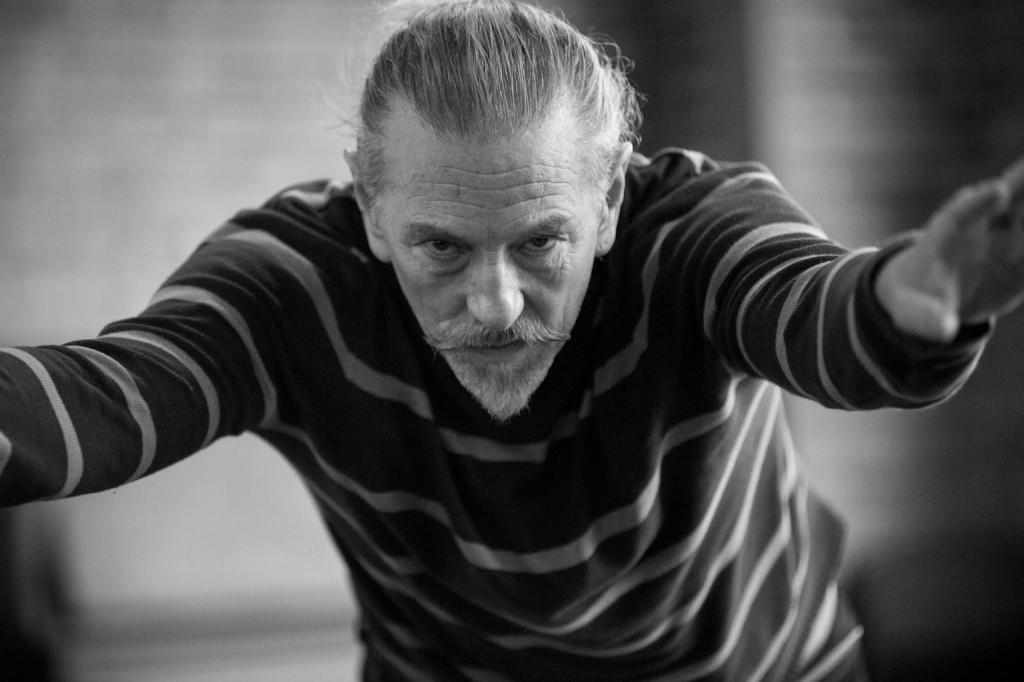
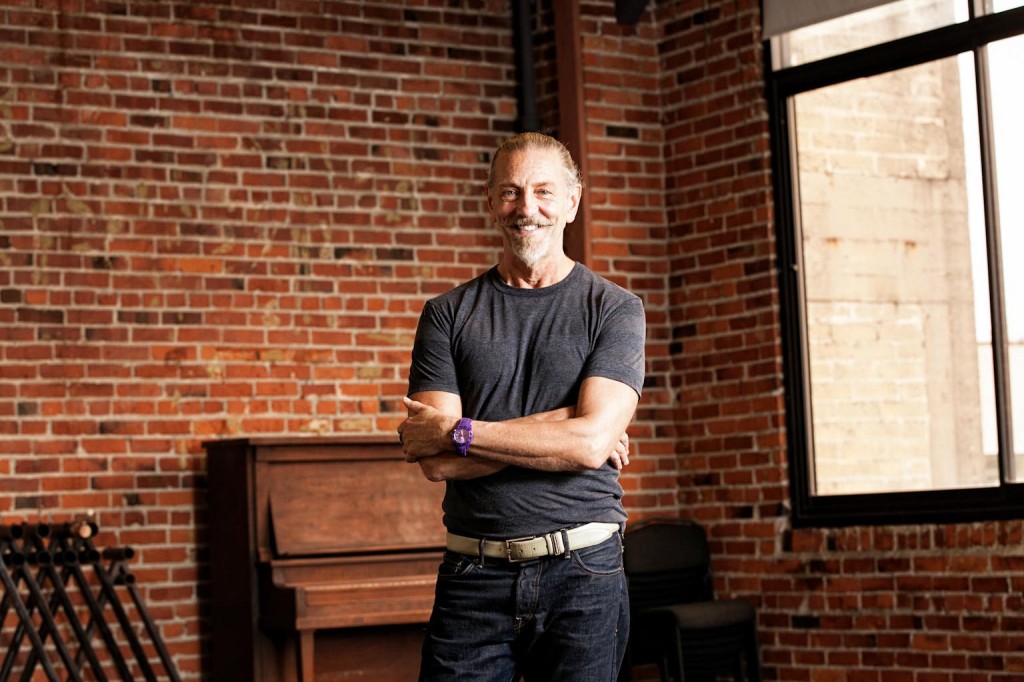
One Response to “Cultivating Appreciation: An Interview with Wade Madsen”
Oh this article and this man WADE you are so genuine and so loving and there being so smart too. I love you. I love your dances. And I can’t wait to see what you make any year and always. The photographs of your hands your soft available face…..a fan of many years
Comments are closed.